TAIGER project (PI: Francis T. Wu/State University of New York at Binghamton)
2013 TGA meeting, Taiwan
Based on the large amount of existing geological and geophysical research in Taiwan, a range of tectonic models has been proposed that differ significantly in details. From these models many deductions, especially regarding the structures at depth, can be made. The ongoing TAIGER project calls for a comprehensive set of geophysical experiments to determine the locations and moment tensors of earthquakes, especially those offshore, and obtain multi-scale images of the crust and upper-mantle. The results will be used to check against the deductions and thus test existing models. We will also explore existing and geodynamical models that are consistent with new data.
The experimental targets include:
- The internal structures inside the orogen and their along-strike variations, in the foothills and in the metamorphic core.
- The crustal structures under the island as well as under the Philippine Sea, as a measure of the integrated deformation over time.
- The plate contact between the Philippine Sea and Eurasian plates in the northeast and in the south.
- Kinematics of plate boundary motions from earthquakes.
- The crustal variations from the foothills to the core of the Central Range.
- Active or inactive Eurasian subduction zones in the upper mantle.
- The electrical conductivity in the crust as an indicator of possible fluids.
- Seismic velocity anisotropy in the crust and mantle.
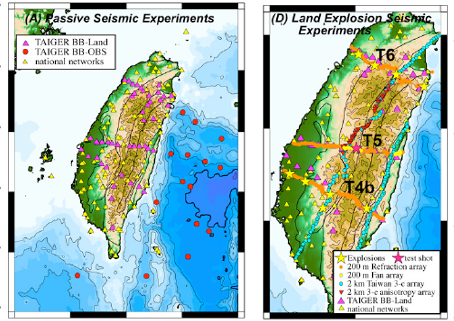
The experiments planned for completion before the end of 2008 are:
- Deployment of land broadband instruments to enhance the existing broadband networks for recording both local earthquakes and teleseisms.
- Land explosions for low-fold wide angle reflections across the island along three transects.
- Land explosions for CMP-style reflection profile across the main divide between the Foothills and the Central Range.
- Marine broadband deployment around the island to increase the aperture of the available broadband networks.
- Marine MCS and reversed sea-land wide-angle profiling using airgun signals along six transects.
- Magnetotellurics along several transects.
- Petrophysics.

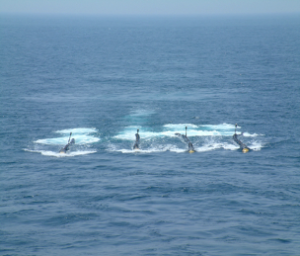
Airgun
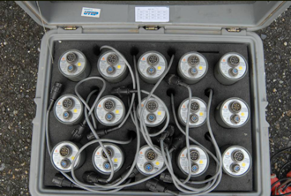
Texan
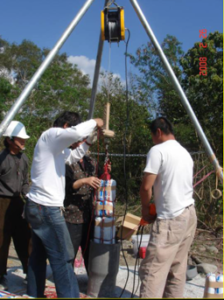
Explosives
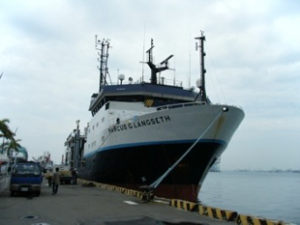
RV Marcus Langseth

Lamont OBS
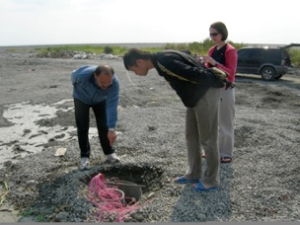
Well Hole
In this talk the main tectonic features of the orogen as currently understood will be discussed and so will the range of models considered. Taiwan, being a very young and active orogen that has already attained significant stature, can be considered a perfect testing ground for ideas concerning orogeny. The TAIGER experiments provide an excellent opportunity toward model improvement.
OBS deployment
The project is a collaborative project on the US side among nine investigators from six institutes, as well as one from a Canadian university; it is supported by the Continental Dynamics Program of the US National Science Foundation.We are in cooperation with Taiwan scientists from five national universities and Academia Sinica, supported by the National Science Council of Taiwan.
